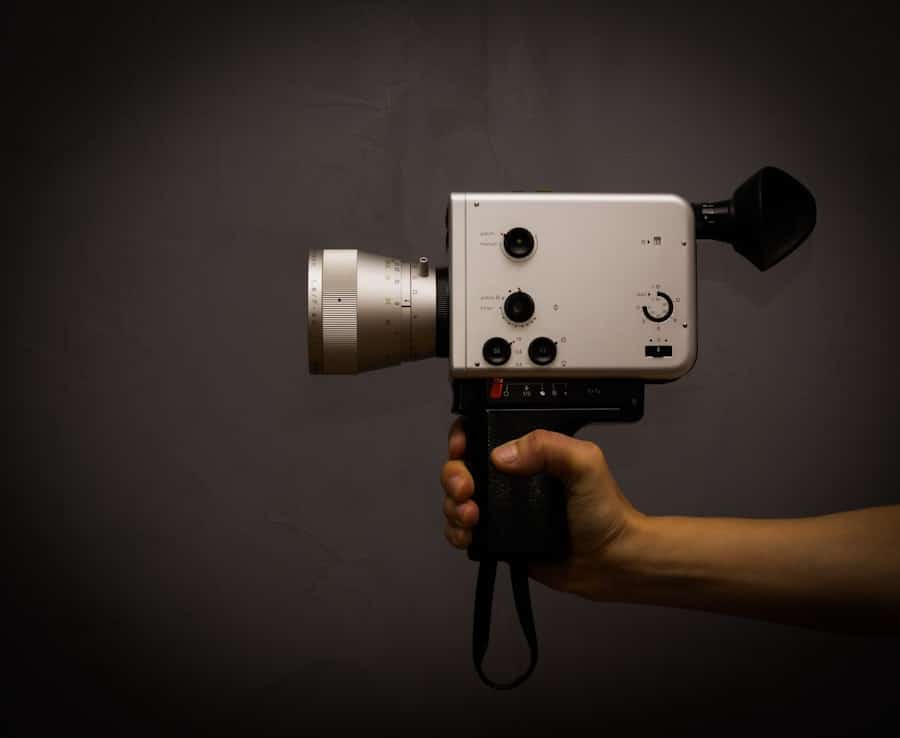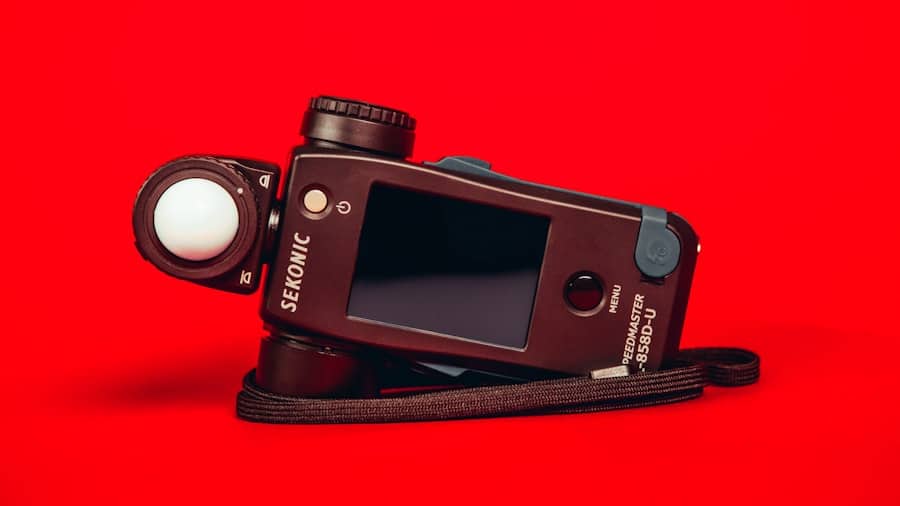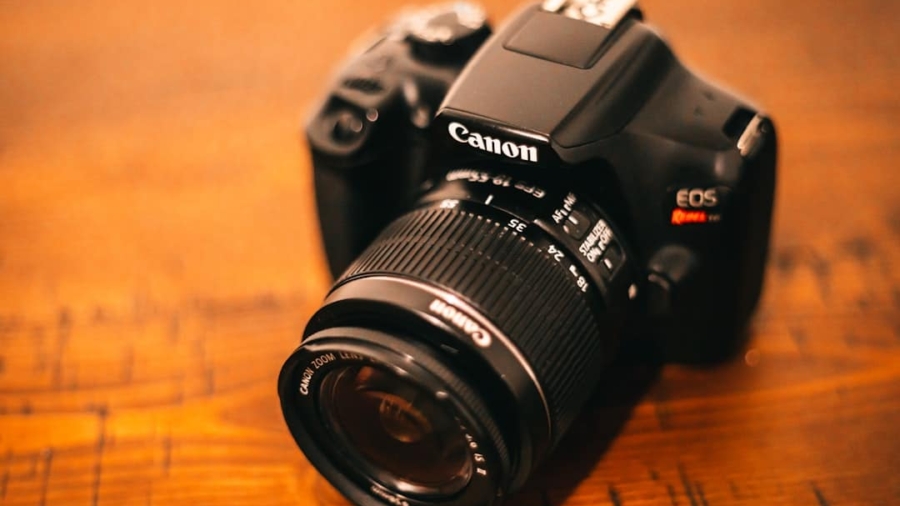The advent of 5G technology has ushered in a new era of connectivity, transforming various sectors, including law enforcement. 5G-enabled body cameras represent a significant leap forward in how police departments can document interactions, gather evidence, and enhance public safety. These devices, equipped with high-speed data transmission capabilities, allow officers to capture high-definition video and audio in real-time, providing a more comprehensive account of incidents as they unfold.
The integration of 5G technology into body cameras not only improves the quality of the footage but also facilitates immediate access to critical information, thereby enhancing situational awareness for officers on the ground. As law enforcement agencies grapple with increasing demands for transparency and accountability, 5G-enabled body cameras offer a solution that addresses these challenges head-on. The ability to transmit data quickly and securely means that footage can be uploaded to cloud storage or shared with command centers almost instantaneously.
This capability is particularly crucial in high-stakes situations where timely information can influence decision-making and operational strategies. Furthermore, the enhanced features of these cameras, such as live streaming and real-time data analytics, empower officers to respond more effectively to incidents while fostering greater trust within the communities they serve.
Key Takeaways
- 5G-enabled body cameras are a new technology that promises improved connectivity and data transmission for law enforcement officers.
- Advantages of 5G-enabled body cameras include enhanced real-time communication and collaboration, as well as integration with artificial intelligence and data analytics.
- Improved connectivity and data transmission provided by 5G technology allows for faster and more reliable transfer of video and other data from body cameras to command centers.
- Enhanced real-time communication and collaboration capabilities enable law enforcement officers to receive and respond to information more quickly, improving their ability to make informed decisions in the field.
- Integration with artificial intelligence and data analytics allows for advanced video analysis and the extraction of valuable insights from body camera footage, enhancing the effectiveness of law enforcement operations.
Advantages of 5G-Enabled Body Cameras for Law Enforcement
One of the most significant advantages of 5G-enabled body cameras is their ability to provide high-definition video quality that surpasses previous generations of technology. This clarity is essential for accurately documenting events, as it allows for better identification of individuals, clearer evidence of actions taken during encounters, and a more reliable record for investigations and court proceedings. The enhanced resolution also aids in capturing details that may be critical in legal contexts, such as facial expressions or gestures that could indicate intent or aggression.
Moreover, the rapid data transmission capabilities of 5G technology enable law enforcement agencies to access video feeds in real-time. This immediacy can be invaluable during critical incidents, such as active shooter situations or public disturbances, where command centers can monitor events as they happen. Officers on the scene can receive real-time updates and instructions based on the unfolding situation, allowing for a more coordinated response.
This level of connectivity not only enhances operational efficiency but also contributes to officer safety by ensuring that they are supported by timely information from their colleagues and superiors.
Improved Connectivity and Data Transmission

The transition from 4G to 5G technology marks a significant improvement in connectivity, characterized by higher bandwidth and lower latency. For law enforcement agencies utilizing body cameras, this means that video footage can be transmitted almost instantaneously to central databases or command centers without the delays often associated with older technologies. The ability to upload large files quickly is particularly beneficial in situations where multiple officers are recording simultaneously, as it reduces the risk of data loss or corruption due to network congestion.
Additionally, 5G networks are designed to support a greater number of connected devices simultaneously. This capability is crucial for law enforcement operations that involve multiple officers equipped with body cameras in close proximity. In crowded environments or during large-scale events, the ability to maintain stable connections ensures that all officers can share their perspectives without experiencing interruptions or degraded video quality.
This robust connectivity not only enhances the reliability of evidence collection but also fosters a more cohesive operational environment where information flows seamlessly among team members.
Enhanced Real-Time Communication and Collaboration
Real-time communication is a cornerstone of effective law enforcement operations, and 5G-enabled body cameras significantly enhance this aspect. With the ability to stream live video feeds directly from the field to command centers, decision-makers can assess situations as they unfold and provide immediate guidance to officers on the ground. This capability is particularly useful in dynamic scenarios where conditions can change rapidly, allowing for adaptive strategies that respond to evolving threats or challenges.
Furthermore, the integration of 5G technology facilitates collaboration among various agencies and departments. For instance, during multi-agency responses to emergencies or large public events, real-time video sharing can help coordinate efforts between local police, fire departments, and emergency medical services. By having access to live feeds from body cameras, all parties involved can maintain situational awareness and make informed decisions based on a shared understanding of the circumstances.
This collaborative approach not only improves operational effectiveness but also enhances public safety by ensuring that resources are deployed efficiently.
Integration with Artificial Intelligence and Data Analytics
The incorporation of artificial intelligence (AI) into 5G-enabled body cameras opens up new avenues for data analysis and operational efficiency. AI algorithms can analyze video footage in real-time, identifying patterns or anomalies that may require immediate attention from law enforcement personnel. For example, AI can assist in recognizing faces or license plates within the footage, enabling officers to quickly identify suspects or vehicles of interest without sifting through hours of recorded material.
Moreover, data analytics can provide valuable insights into crime trends and officer interactions with the public. By aggregating data from multiple body cameras across different jurisdictions, law enforcement agencies can identify hotspots for criminal activity or assess the effectiveness of various policing strategies. This data-driven approach allows departments to allocate resources more effectively and develop targeted interventions that address specific community needs.
The combination of 5G technology with AI and analytics not only enhances operational capabilities but also promotes a more proactive approach to policing.
Privacy and Security Concerns

Privacy Concerns and Accountability
While 5G-enabled body cameras offer substantial benefits, they also raise important privacy concerns that must be addressed.
Ensuring that privacy rights are respected while still maintaining accountability is a delicate balance that law enforcement agencies must navigate.
Cybersecurity Threats and Vulnerabilities
The increased connectivity of 5G-enabled body cameras also heightens vulnerability to cyber threats. Law enforcement agencies must implement robust cybersecurity measures to protect against unauthorized access to video feeds and stored footage. Encryption protocols, secure cloud storage solutions, and strict access controls are essential components of a comprehensive security strategy.
The Consequences of Inadequate Safeguards
Failure to adequately safeguard this data could lead to breaches that compromise both individual privacy and public trust in law enforcement. It is crucial that law enforcement agencies prioritize the security and privacy of the data transmitted by these cameras to maintain the integrity of their operations and the trust of the communities they serve.
Implementation Challenges and Considerations
The deployment of 5G-enabled body cameras is not without its challenges. One significant hurdle is the infrastructure required to support 5G networks.
Law enforcement agencies must work closely with telecommunications providers to ensure that their operational areas are equipped with reliable 5G connectivity before implementing these technologies. Furthermore, training personnel on how to effectively use 5G-enabled body cameras is crucial for maximizing their potential benefits. Officers must be familiar with not only the technical aspects of operating the devices but also the legal implications surrounding their use.
Comprehensive training programs should cover topics such as data privacy laws, evidence handling procedures, and best practices for recording interactions with the public. By investing in thorough training initiatives, agencies can ensure that officers are well-prepared to leverage these technologies responsibly and effectively.
Future Implications of 5G-Enabled Body Cameras for Law Enforcement
Looking ahead, the implications of 5G-enabled body cameras for law enforcement are profound. As technology continues to evolve, we can expect further advancements in camera capabilities, including enhanced AI integration and improved data analytics tools. These developments will likely lead to even more sophisticated applications within policing, such as predictive policing models that utilize real-time data from body cameras alongside other sources of information.
Moreover, as public expectations for transparency and accountability grow, 5G-enabled body cameras will play an increasingly vital role in fostering trust between law enforcement agencies and the communities they serve. By providing clear and accessible documentation of police interactions, these devices can help bridge gaps in communication and understanding between officers and civilians. As agencies continue to embrace technological innovations like 5G-enabled body cameras, they will be better equipped to navigate the complexities of modern policing while upholding their commitment to public safety and community engagement.
A related article to “How 5G-Enabled Body Cameras Are Modernizing Law Enforcement” is “The Ultimate Guide to the 6 Best DJ Software for Beginners in 2023” from Enicomp. This article explores the latest trends and advancements in DJ software, providing valuable insights for beginners looking to enhance their skills. Check out the article here.
FAQs
What are 5G-enabled body cameras?
5G-enabled body cameras are law enforcement devices equipped with 5G technology, allowing for high-speed data transmission and real-time video streaming.
How do 5G-enabled body cameras modernize law enforcement?
5G-enabled body cameras modernize law enforcement by providing faster and more reliable data transmission, enabling real-time video streaming, and enhancing situational awareness for officers in the field.
What are the benefits of 5G-enabled body cameras for law enforcement?
The benefits of 5G-enabled body cameras for law enforcement include improved officer safety, enhanced evidence collection, better communication and coordination, and increased transparency and accountability.
How does 5G technology improve body camera performance?
5G technology improves body camera performance by enabling higher quality video streaming, faster data transfer, and more efficient use of bandwidth, resulting in better overall functionality and effectiveness for law enforcement purposes.
Are there any concerns or challenges associated with 5G-enabled body cameras?
Some concerns and challenges associated with 5G-enabled body cameras include privacy issues, data security risks, potential misuse of the technology, and the need for proper training and policies to ensure responsible use by law enforcement agencies.

